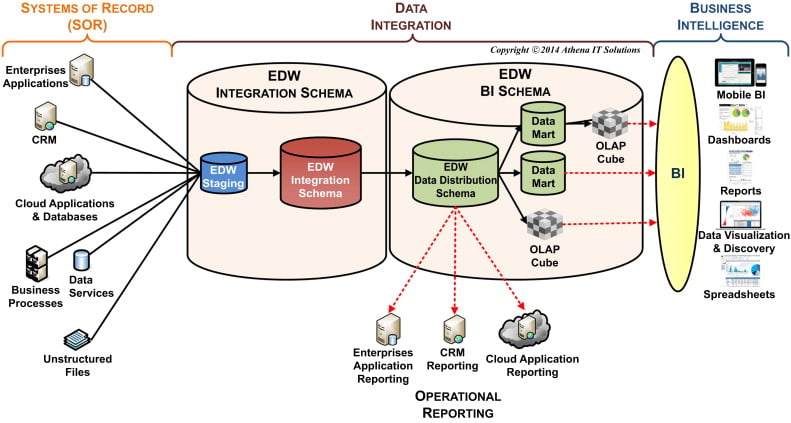Understanding Data Architecture: Its Role and Benefits for Businesses
1/9/20242 min read


In today's data-driven world, having a robust data architecture in place is essential for any business aiming to harness the full potential of its data. But what exactly is data architecture, and how does it benefit organizations? This blog post will delve into these questions, providing a comprehensive overview of data architecture, its roles, and the advantages it offers to businesses.
What is Data Architecture?
Data architecture is a framework that outlines how data is collected, stored, managed, and utilized within an organization. It encompasses the principles, standards, and models that guide data management practices, ensuring consistency and efficiency in data handling. A well-defined data architecture serves as a blueprint for integrating, analyzing, and securing data, enabling seamless data flow across different systems and processes.
The Role of Data Architecture in Business
The primary role of data architecture is to provide a structured approach to data management, which facilitates better decision-making and operational efficiency. Here are some key aspects of how data architecture contributes to business operations:
Data Integration: Data architecture ensures that data from various sources is integrated and harmonized, providing a unified view of information across the organization.
Data Quality: By establishing data governance standards, data architecture helps maintain high data quality, reducing errors and inconsistencies.
Scalability: A well-designed data architecture can scale with the business, accommodating growing data volumes and evolving data needs.
Security: Effective data architecture incorporates robust security measures to protect sensitive data from unauthorized access and breaches.
Benefits of a Well-Defined Data Architecture
Investing in a well-defined data architecture offers numerous benefits to businesses, including:
Enhanced Decision-Making: With accurate and timely data, business leaders can make informed decisions that drive growth and innovation.
Operational Efficiency: Streamlined data processes and reduced redundancies lead to increased operational efficiency and cost savings.
Improved Data Governance: A clear data architecture framework supports better data governance, ensuring compliance with regulatory requirements and industry standards.
Competitive Advantage: Access to high-quality data enables businesses to identify market trends, customer preferences, and operational insights, giving them a competitive edge.
In conclusion, data architecture is a critical component of any modern business strategy. Providing a structured approach to data management ensures that organizations can efficiently collect, store, and utilize their data. The benefits of having a well-defined data architecture range from improved decision-making and operational efficiency to enhanced data governance and competitive advantage. As businesses continue to generate and rely on vast amounts of data, investing in robust data architecture frameworks will be key to unlocking their full potential.
